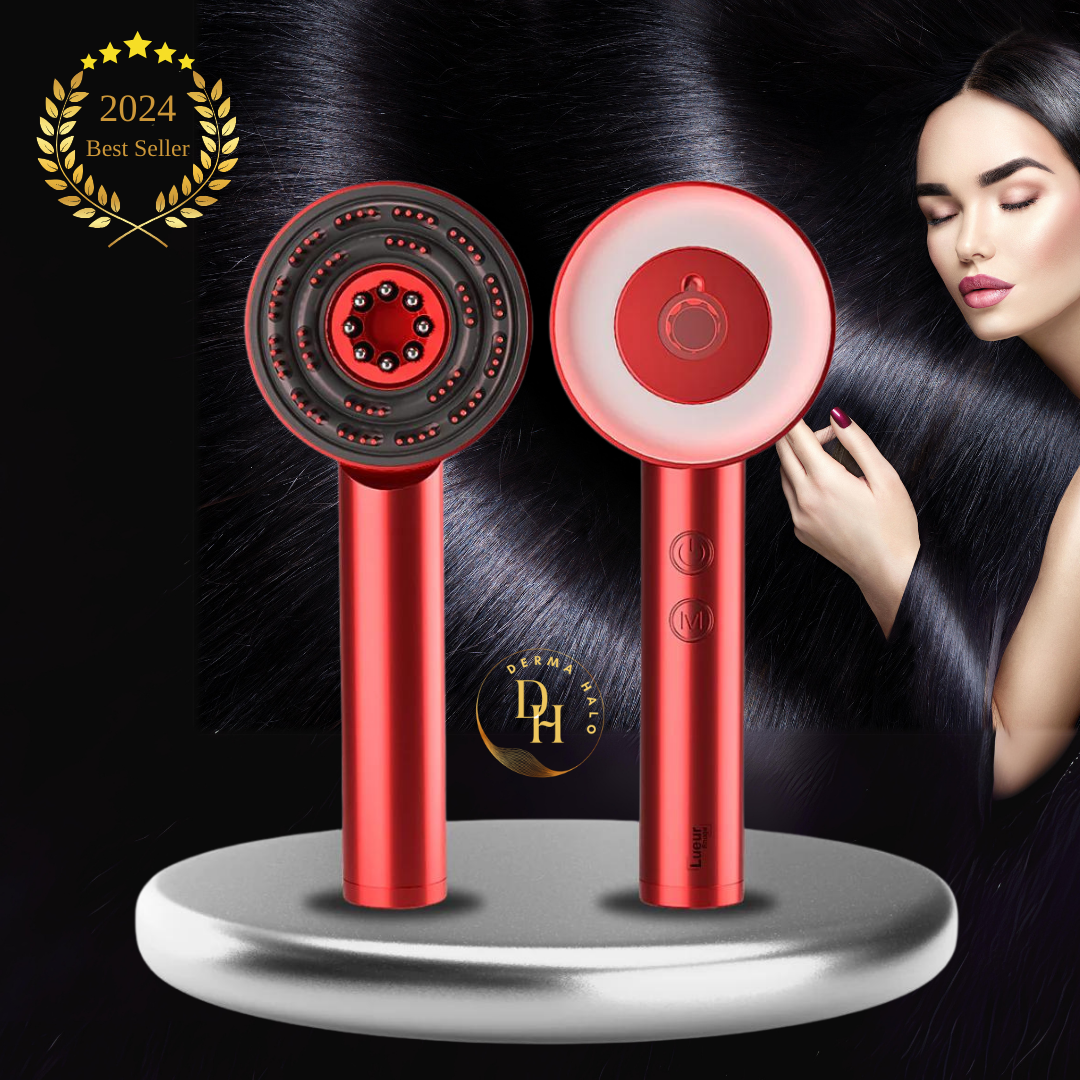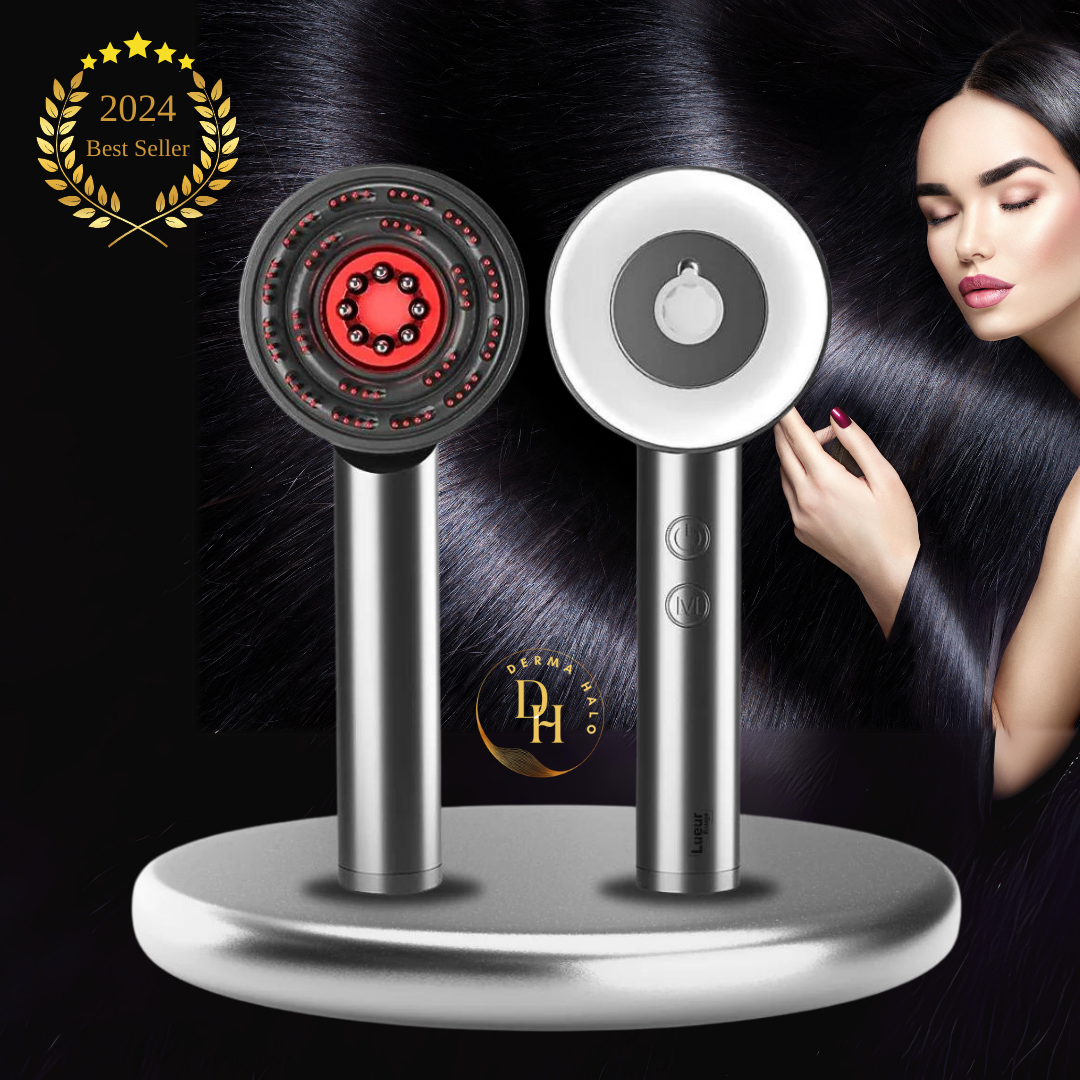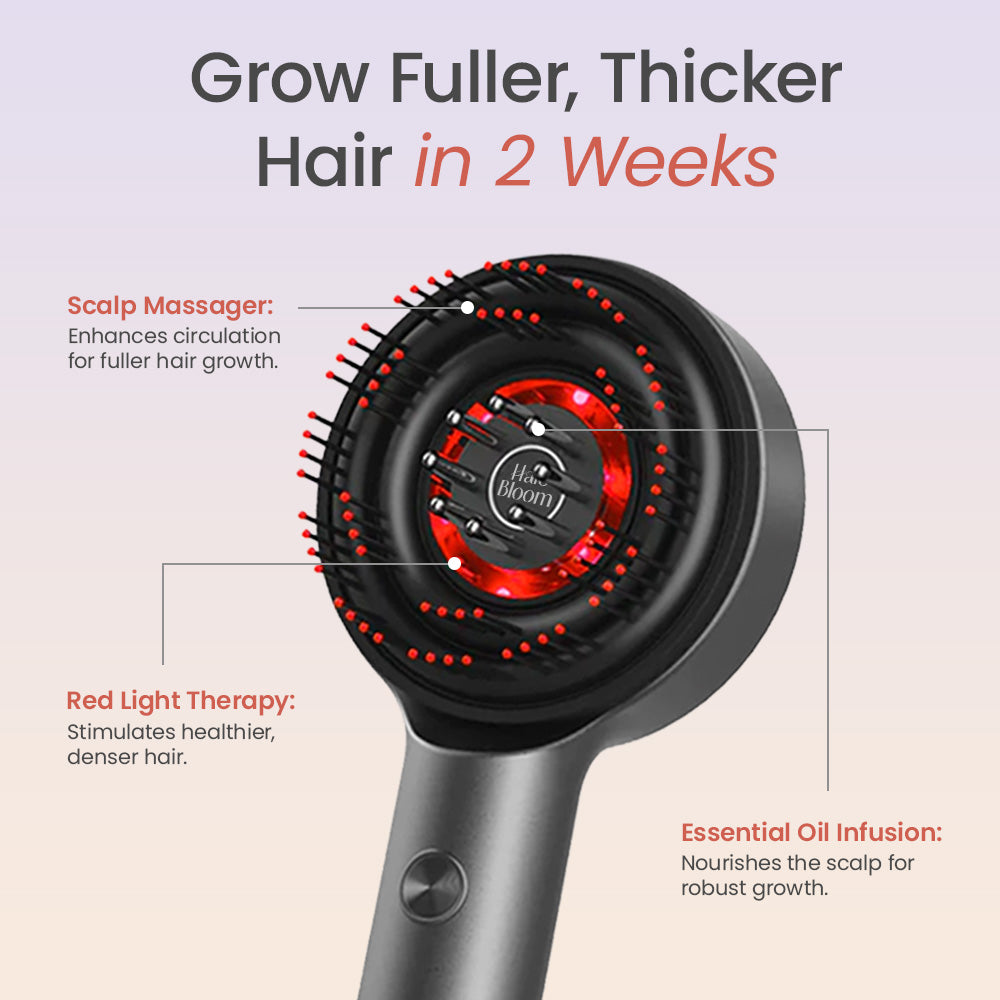When it comes to treating hair loss, there are several options available, including medications, surgery, and red light therapy (RLT). This post compares RLT with traditional hair loss treatments, highlighting the advantages and potential drawbacks of each.
Red Light Therapy (RLT)
Advantages:
- Non-Invasive: RLT does not require surgery or medication, making it a comfortable and pain-free option
- Minimal Side Effects: Most users experience no adverse effects, with only occasional mild skin irritation reported
- Convenience: RLT devices can be used at home, offering a convenient solution for busy individuals
Disadvantages:
- Consistency Required: Regular use is necessary to see significant results, which may be challenging for some users
Medications
Advantages:
- Proven Efficacy: Medications like minoxidil and finasteride have been extensively studied and shown to be effective for many users.
Disadvantages:
- Side Effects: These medications can have side effects, such as scalp irritation (minoxidil) and sexual dysfunction (finasteride).
- Ongoing Use: Continuous use is required to maintain results, leading to ongoing costs and potential side effects.
Surgery
Advantages:
- Permanent Results: Hair transplant surgery offers a permanent solution to hair loss.
Disadvantages:
- High Cost: Surgery can be expensive, often costing several thousand dollars.
- Invasive Procedure: The surgical process can be painful and requires recovery time.
Conclusion
Red light therapy offers a non-invasive, side-effect-free alternative to traditional hair loss treatments. While medications and surgery have their benefits, RLT provides a convenient and safe option for those seeking a holistic approach to hair growth. Consider the advantages and disadvantages of each treatment to determine the best solution for your hair care needs.




